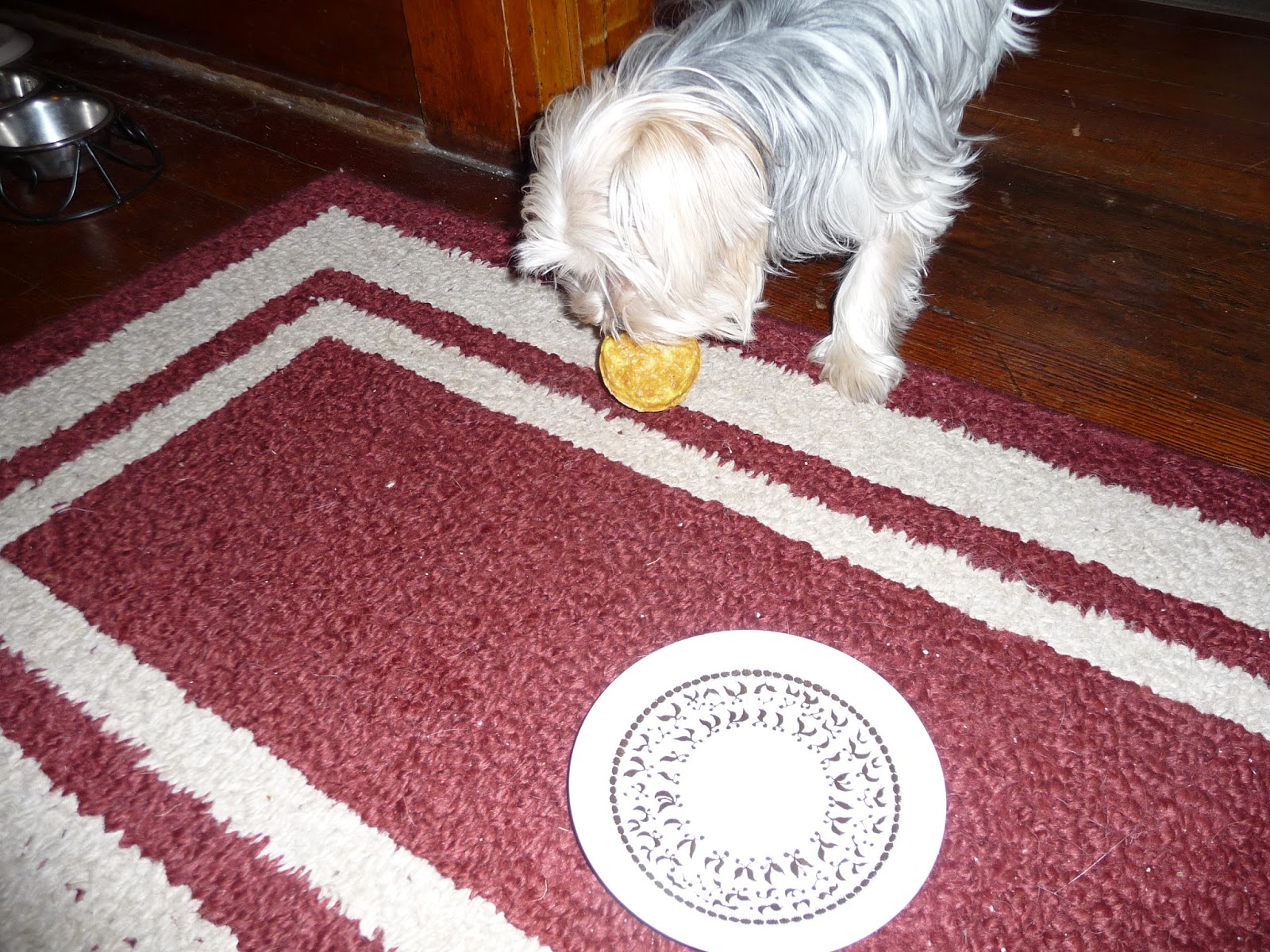Dogs need lots of mental and
physical stimulation, which is why they need you to help come up with games for
them to play every day. If you can take your dog outside, it's even better.
Large dogs and small dogs have different physical abilities, however. What are
some good outdoor games to keep small dogs stimulated?
Play
fetch with a tennis ball
Small dogs love running around just
as much as big ones; get her active by tossing a tennis ball around and having
her bring it back to you. It depends on the size of your small dog, but you may
need a smaller ball if a tennis ball is too big for her mouth. Just make sure
it's not small enough for her to choke on! Praise her and reward her with lots
of attention when she brings the ball back.
Practice jumping over a broomstick
For a little more of a challenge,
teach your small dog to jump over a broomstick. Begin by placing the broom low
to the ground and reward him when he takes the leap. Then raise the bar a
little and continue to reward him as he jumps higher and higher. Just make sure
the stick doesn't get any higher than he can jump to ensure he doesn't get
injured.
Take
plenty of walks
If nothing else, be sure to take
your small dog on a walk every day if possible. If cooped up inside the house,
she may become restless and destructive. Walking will help her burn off her
pent-up energy. Don't let her take you on a walk, though; to be sure she walks
alongside you, tighten the leash whenever she starts to get ahead and loosen up
when she stops.
Keep in mind while outdoors,
however: during the summer, games should be left for the morning and afternoon
ours. To protect against ticks while outdoors, cut down to the least possible
walks through high grass from the beginning of summer until fall. Check for
ticks after each walk. Finally, keep your small dog on a leash if necessary;
dogs with a hunting instinct or instinct for pursuit must not be let loose
through hunting zones.
Photo courtesy of Flickr / Eric Fleming




